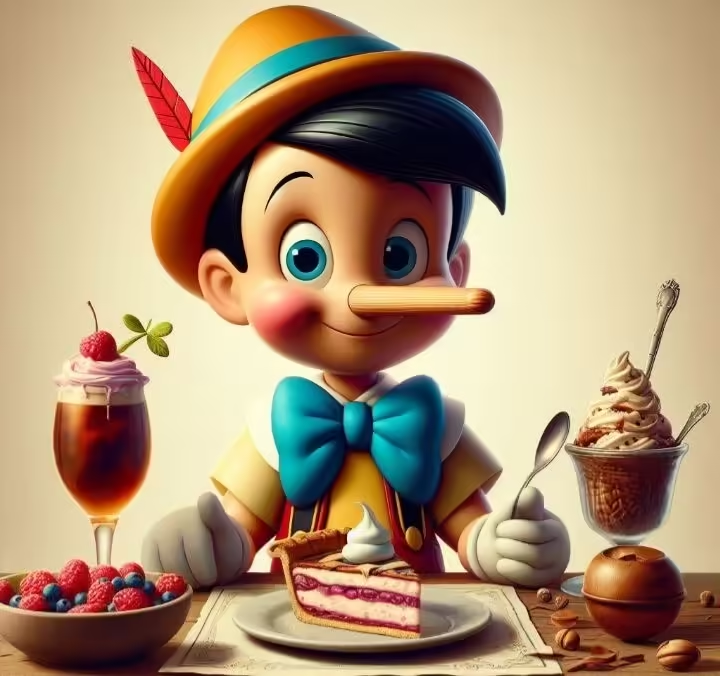Introduction
The Relationship Between Spielberg and Disney
Steven Spielberg and Disney share a fascinating relationship that spans decades. It’s a blend of collaboration, competition, and mutual respect.
Their history began in the late 1980s when Spielberg partnered with Disney to create “Who Framed Roger Rabbit.” This film marked a significant milestone for both parties, showcasing their ability to merge live-action with animation seamlessly.
Later projects like “Jurassic Park” saw Spielberg pushing boundaries while Disney expanded its theme park attractions based on his films. Despite occasional tensions over creative differences, they have often found common ground in storytelling.
Disney’s influence can be felt across many of Spielberg’s works. He has embraced the magic of family-friendly narratives—an element that resonates deeply within the Disney ethos. The bond between these two titans of entertainment continues to shape cinematic landscapes today.
Influence of Pinocchio on AI
The influence of Disney’s *Pinocchio* on Spielberg’s *A.
I.* is profound and multifaceted. At its core, both stories explore the quest for identity and belonging. Pinocchio, a wooden puppet longing to be a real boy, mirrors David’s journey as an android seeking acceptance in a human world.
Themes of innocence and transformation resonate throughout both narratives. Just like Pinocchio undergoes trials to prove his worthiness, David faces numerous obstacles that challenge his understanding of love and humanity.
Additionally, the emotional weight carries through. Pinocchio’s adventures are driven by deep-seated desires that reflect universal human experiences. Similarly, David’s yearning for maternal affection taps into fundamental emotions familiar to all audiences.
These layered connections enrich Spielberg’s storytelling while paying homage to Disney’s classic tale—a clever interplay between nostalgia and modernity that captivates viewers across generations.
Similar Themes and Motifs
Both Spielberg’s AI and Disney’s Pinocchio explore the essence of what it means to be human. In each story, characters grapple with identity and a desire for acceptance.
Pinocchio yearns to become a real boy, while David in AI seeks to experience love and belonging. Their journeys highlight the struggle between artificiality and authenticity.
Another significant theme is the quest for parental approval. Geppetto’s longing for his wooden son mirrors Henry’s complex relationship with David. Each character navigates their emotions against societal expectations.
The search for truth also plays a critical role in both narratives. Characters are confronted with illusions versus reality, forcing them to question their existence and purpose within their worlds.
These themes create profound connections that resonate across generations, showcasing deep-rooted desires inherent in all beings—real or artificial.
Parallels in Character Development
Pinocchio starts as a wooden puppet longing for humanity, while David is an artificial boy yearning to be loved. Their quests for acceptance shape their identities.
Throughout both stories, we see characters facing moral dilemmas that challenge their understanding of what it means to be “real.” Pinocchio learns about honesty and bravery through his experiences, whereas David wrestles with emotions and the concept of love in a world that sees him as merely programmed.
The transformations they experience highlight fundamental questions about existence. Each character evolves uniquely yet reflects similar struggles within their respective narratives.
Their growth raises thought-provoking inquiries into emotion versus programming, prompting audiences to reflect on the essence of being human.
Differences between Pinocchio and AI
While “Pinocchio” centers on a wooden puppet yearning for humanity, “AI” explores the evolving relationship between humans and artificial intelligence. The former tells a tale of innocence and moral lessons, while the latter delves into themes of love, loss, and existential questions.
In contrast, David—the childlike android in “AI”—yearns for acceptance from his human mother. His quest raises profound ethical dilemmas about consciousness and identity.
Moreover, while Pinocchio’s transformations are whimsical yet straightforward, David’s evolution blurs the lines between machine and emotion.
The settings also differ; Pinocchio thrives in a fantastical world filled with colorful characters. Conversely, AI presents a dystopian future marked by complex technology. Each narrative reflects its unique philosophical outlook on existence and belonging.
Criticisms and Controversies Surrounding the Reference
Spielberg’s reference to Disney’s *Pinocchio* in *A.
I.* has not been without its share of criticisms. Some viewers argue that the homage feels forced and detracts from the narrative’s originality. They believe it leans too heavily on nostalgia, overshadowing the film’s distinct themes.
Others highlight a perceived inconsistency between the lighthearted spirit of *Pinocchio* and the darker undertones present in *A.
I.* This clash raises questions about whether such a reference is appropriate or even effective.
Additionally, some critics suggest that relying on a classic like *Pinocchio* might limit audience interpretation of David’s journey. The complexity of his character could be seen as undermined by direct comparisons to a well-known children’s tale.
These controversies indicate differing perspectives on how intertextual references can enrich or complicate storytelling within cinema.
Conclusion
The influence of “Pinocchio” on “AI” is evident not only in thematic elements but also in character arcs. Both narratives explore what it means to be human, reflecting deep emotional journeys that engage audiences on multiple levels. However, Spielberg takes this concept further by delving into modern anxieties surrounding technology and humanity’s future.


